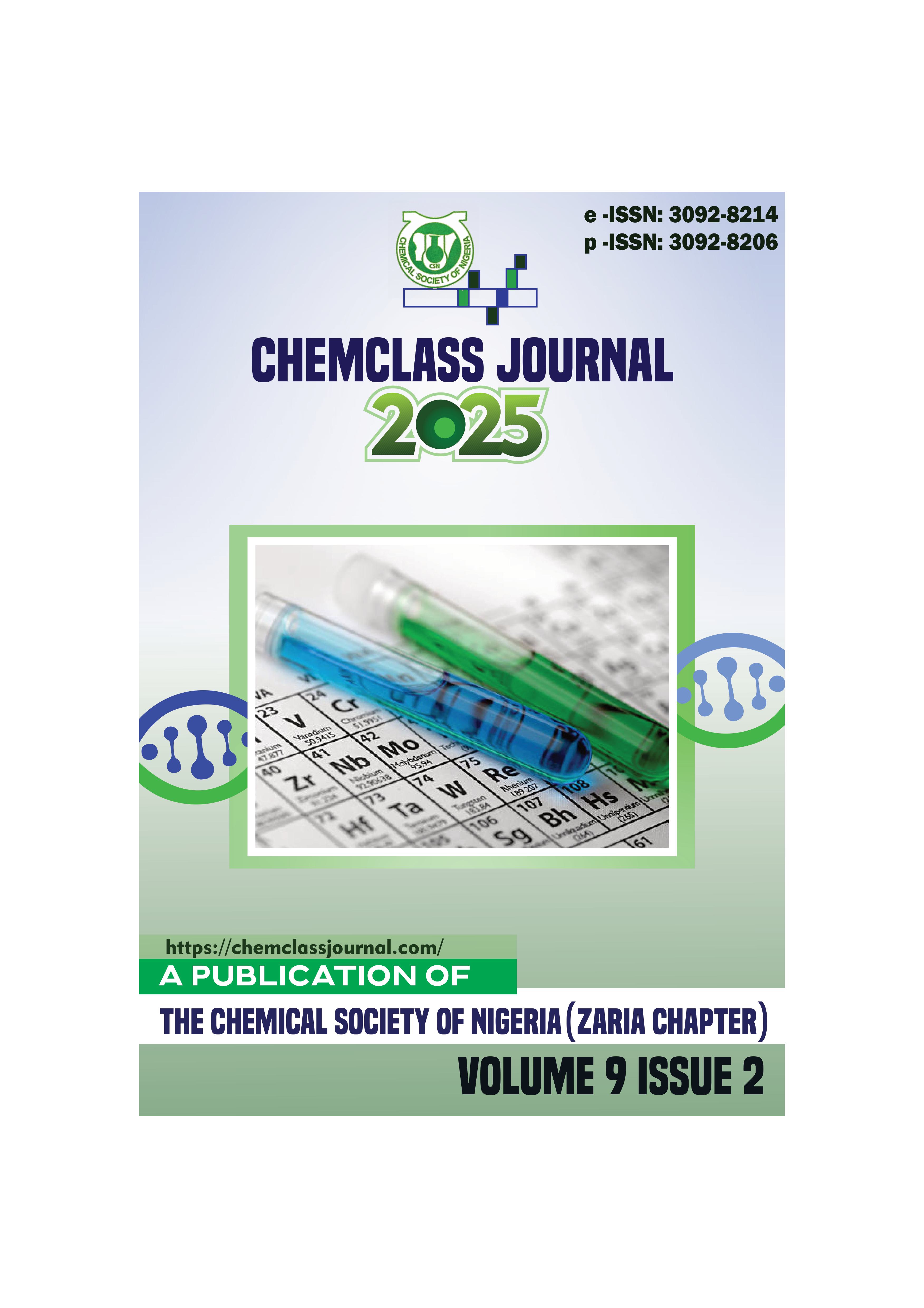Synthesis and Assessment of New Azo Reactive Dyes Based From Quinazolinone and their Application on Cotton Fabric
DOI:
https://doi.org/10.33003/chemclass-2025-0902/186Keywords:
Reactive Dyes , Synthesis , Diazotization , Cotton , Fastness propertiesAbstract
New monoazo reactive dyes with quinazolinone moiety was synthesized starting with the preparation of
6,7-dimethoxy-2-phenyl-4H-benzo[d][1,3]oxazin-4-one from 2-amino-4,5-dimethoxybenzoic acid and
fusing with different di-amino compounds to give dye intermediates B, 4-amino-4'-(6,7-dimethoxy-4-oxo
2-phenylquinazolin-3(4H)-yl)-[1,1'-biphenyl]-2,2'-disulfonic acid (B), which was diazotized, followed by
azo coupling with various cyanurated coupling components such as H-acid, gamma acid and J-acid. All
the reactive dyes were characterized by their percentage yield, UV-Vis spectroscopy, IR spectroscopy and
dyeing performance on cotton fabric have been assessed. The UV-visible spectrophotometric investigation
of the synthesized dyes was carried out in different solvents to obtain the absorption maxima, molar
coefficients and solvatochromic effects of the dyes. The synthesized reactive dyes were applied on cotton
and the percentage exhaustion and fixation of the dyes were evaluated and usage properties of the dyes
also examined. The percentage of dye bath exhaustion on the fibre is reasonably good and acceptable. The
dyeing performance of all dyes on cotton fabric gave moderate to good light fastness, good to very good
wash fastness and fair to very good fastness to perspiration – acid and alkaline. The dyes gave colour
ranges from purple to red to pink shade. The successful synthesis and application of these novel
quinazolinone-based azo reactive dyes demonstrate their promising potential for vibrant, durable cotton
dyeing, paving the way for more efficient and eco-friendly textile coloration methods.





 ChemClass Journal
ChemClass Journal
